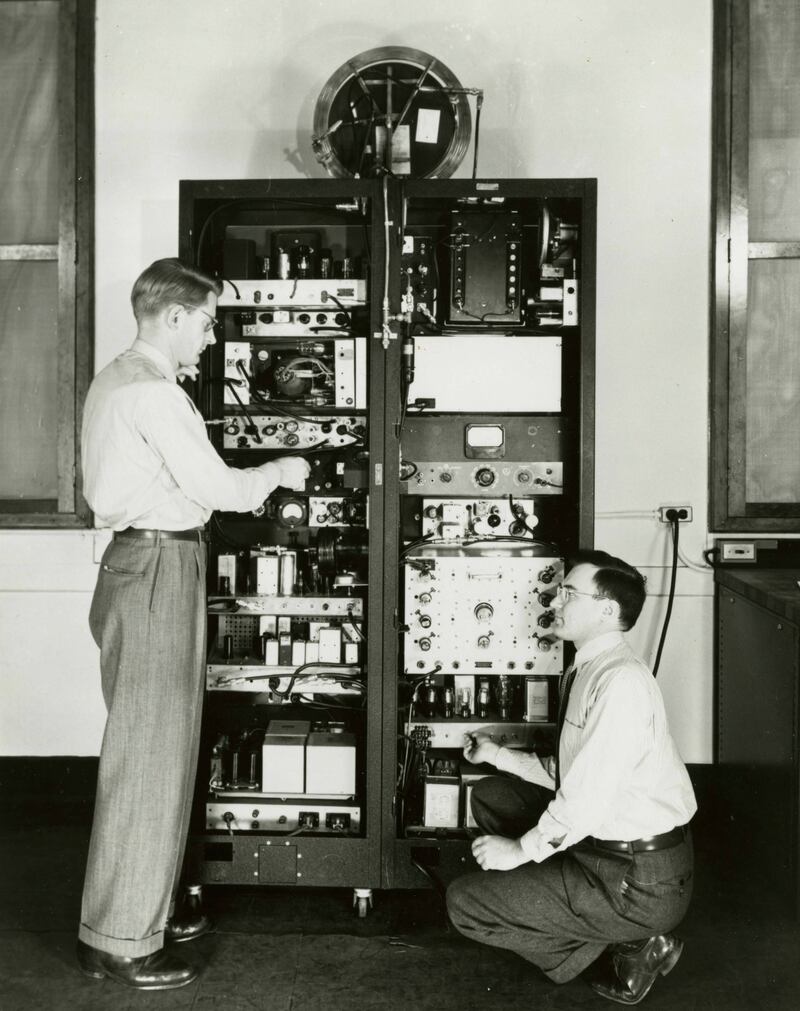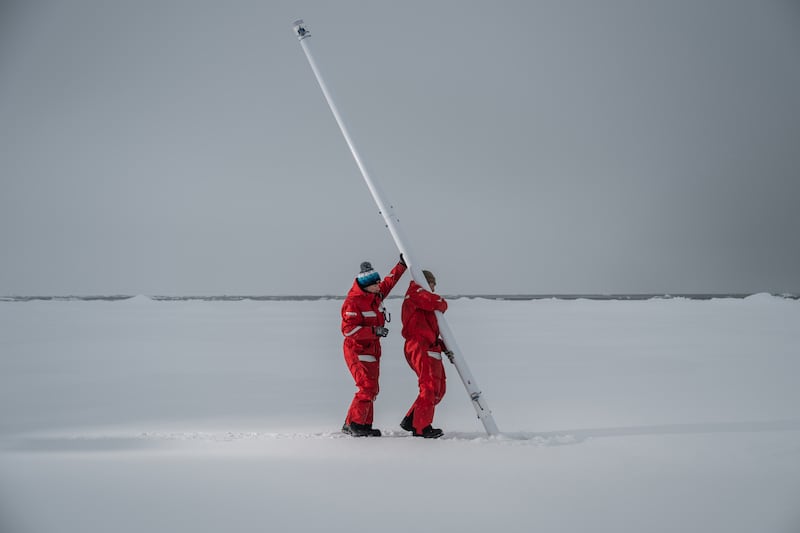The problem with the length of a day is that it isn’t precisely 24 hours. In the last few years, it has tended to be slightly less. Earth is spinning more quickly, owing to the shifting of fluid in its inner core.
To account for this acceleration, timekeepers will need to subtract one second from the official global clock, known as Coordinated Universal Time. But the shift will pose a challenge to computers, which depend on the clock to stay in sync and are easily rattled by the stuttering of the second hand. A leap second in 2012 caused outages at LinkedIn, Reddit and Yelp. Another in 2015 led to glitches at Twitter and interruptions at Amazon. Engineers at Meta warn that the next leap second could have a “devastating effect” on software that relies on timers or schedulers, and implore timekeepers to please leave the global clock alone.
The happy news for computers is that they have been given something of a reprieve. While the next leap second would have been needed in 2026, a recent study finds, the clock will likely remain untouched until 2029, giving tech firms more time to prepare. Earth is not spinning quite as fast as would be expected. Melting polar ice, the study found, is acting as a counterweight to the movement of planet’s inner core.
This and other recent research reveals that humans are undertaking a grand experiment. Both by melting the polar ice caps and by pumping huge volumes of water from underground, we are changing the shape, tilt, and spin of Earth. Since the early 1990s, the effect has been astounding – enough to alter the length of a day.

Since the start of the industrial age, Earth has warmed by 1.2 degrees, though some parts have heated up more than others. Europe, the fastest-warming continent, has seen temperatures rise by more than 2 degrees, while parts of Greenland and Antarctica have warmed by closer to 3 degrees.
One consequence of severe warming at the poles is that solid ice is increasingly edging over the freezing point and turning to liquid water. Added up over years and decades, the impact is staggering. Scientists recently totted the volume of water lost from Greenland and Antarctica since 1992, finding it would form an ice cube 20km on a side. If such an ice cube existed, it would span an area larger than greater Dublin and reach to the top of the stratosphere (filling, one imagines, a whiskey tumbler of yet more breathtaking scale).
The ice, once melted, did not stay in place. When ice melts, seas rise everywhere, but more so near the equator. Like many of us, Earth is growing thinner at the scalp and thicker at the waistline, and that added girth around the middle is slowing the rotation of the planet.
[ The Milky Way Galaxy – our home in the universeOpens in new window ]
As warming intensifies, the effect is more pronounced. Today, Greenland and Antarctica are losing ice six times faster than they were in the early 1990s. The added melting has delayed the next leap second by three years, until 2029.
“Global warming has proceeded to the point that its effects are showing up in how fast the whole Earth rotates,” says study author Duncan Agnew, a geophysicist at the University of California, San Diego. “This change in rotation has never been seen before.”
The finding was reaffirmed by a new study showing that polar melting is slowing the rotation of the Earth. And warming, researchers say, isn’t just altering the planet’s rotation, but also its tilt.
The point around which the planet spins is not fixed. It is constantly drifting, pushed and pulled by the movement of water, ice and land at the surface, and mantle deep below. Like a spinning top, Earth is prone to leaning one way or the other as its weight is shifted about. In the early 1990s, the North Pole was drifting southward, toward Canada, and then abruptly, in 1995, it began heading east.
The cause, a 2021 study concluded, was the melting of ice sheets in Greenland and Antarctica, and glaciers in Alaska, the Andes and beyond.
“The faster ice melting under global warming was the most likely cause of the directional change of the polar drift in the 1990s,” said lead author Shanshan Deng, who undertook the research at the University of Chinese Academy of Sciences in Beijing.

However, Deng said when the study was published, faster ice melt could only partially explain the shift. Another factor must be at play. She suggested the pumping of groundwater.
Humans are drawing an enormous volume of water up from the ground and channelling it to cities and farms and then eventually out to sea, which is causing land to sink and oceans to rise. In parts of California where farmers are heavily reliant on groundwater, land has dropped by more than 8m (26ft).
In Turkey, excessive pumping has left the soil porous and brittle, and now hundreds of massive sinkholes, some 50m (164ft) deep, are opening up. From, 1993 to 2010, humans pumped up enough groundwater to nearly fill the Irish Sea. Spread across the globe, that water raised sea levels by about half a centimetre.
A study last year investigated the impact of that pumping on the tilt of the planet. By redistributing groundwater, authors determined, humans had shifted the North Pole 80cm to the east. The impact was nearly as large as that of ice melt globally.
Is pumping, like melting, also making the day longer? For the most part, groundwater isn’t flowing from the poles toward the equator, “so the impact on the rotation and the length of the day is much smaller compared to those by ice melt”, says Yoshihide Wada, a researcher at King Abdullah University of Science and Technology in Saudi Arabia, who studies the impact of groundwater withdrawals.
Counteracting both pumping and ice melt, curiously, are the thousands of dammed reservoirs found all around the globe. Water that might otherwise wash out to sea is instead being trapped behind barriers, which is slowing the rise in sea level. The upshot is that reservoirs are tugging the North Pole westward, in the opposite direction of groundwater and melting, though not enough to overcome their combined effect. Reservoirs are also accelerating the rotation of the planet, in line with its natural tendency, and against the influence of thawing ice.
The last decade has seen a vigorous debate among scientists as to whether the planet has entered a new epoch, the Anthropocene, marked by the profound impact humans have had on Earth.
Proponents say the case for the Anthropocene is clear. The total mass of man-made materials – metal, concrete, bricks, asphalt – now exceeds the mass of all living things, with plastics alone weighing more than every animal on land and sea put together. And by burning fossil fuels, detonating nuclear weapons, spreading fertilisers and so forth, we have left an indelible imprint on the geologic record.
But when it came time for the International Union of Geological Sciences – in March – to determine whether we had, in fact, embarked on a new epoch, an expert committee said “no”. Its judgment divided the scientific community. The geologists who rendered the decision said there was no clear line dividing the time before humans and the time after, making it difficult to say when a new epoch had begun. Others said the evidence of humanity’s impact was incontrovertible. That humans have, in the last three decades, managed to alter the length of a day would only seem to bolster their case.
Agnew agrees with the judgment of geologists, but believes that calling this moment the Anthropocene, unofficially, as a way of capturing the profound shifts under way, is entirely appropriate. He adds: “We are creating changes that, even if within the range of what has occurred before, are happening at unprecedented speed.”
- Sign up for push alerts and have the best news, analysis and comment delivered directly to your phone
- Join The Irish Times on WhatsApp and stay up to date
- Listen to our Inside Politics podcast for the best political chat and analysis


















